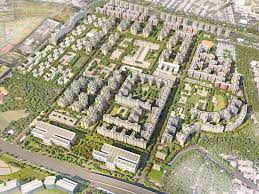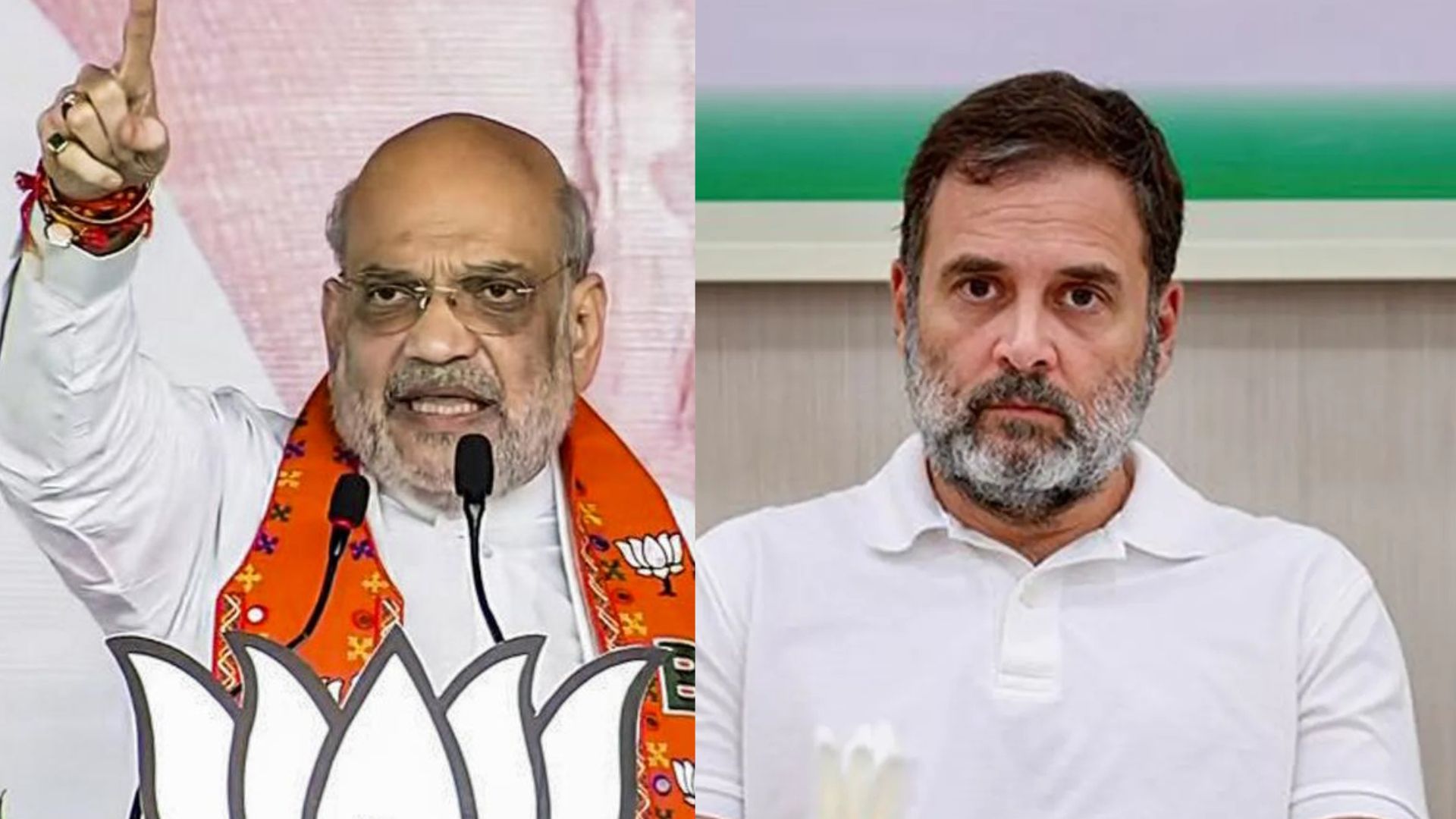
An exponentially growing urban population has led to a tremendous strain on available land and amenities in most metropolitan cities. The development of cities in the coming years will determine progress on addressing key environmental, economic, and social challenges, including climate change and access to affordable housing. Cities globally leverage public investments to build a strong foundation of a transportation hub and connected infrastructure when core city areas are identified to contain higher densities. According to the United Nations, urbanisation in the Indian context will increase to a staggering 50% by 2050. However, urban infrastructure development, such as affordable housing and water supply, has not kept pace in line with the current urbanisation trend, resulting in delayed service of deliverables and poor urban, public, and health environments. The priority is, therefore, to develop a sustainable redevelopment model and promote it evenly for inclusive city development all over India.
As architects and urban planners, we must take a cautious approach to combat this paradigm shift to minimise human suffering and slum development. The expansion of cities that urban population growth entails cannot be contained merely by a horizontal expansion of cities; instead, it must make adequate room to accommodate it in more innovative, more inclusive, and sustainable models. In this context, the redevelopment of under-utilised central urban areas is a step in that direction. Envisioning Redevelopment Model for Cities
Urban sprawl, a particular form of urban development, is driven by various challenges, including greenhouse gas emissions, air pollution, road congestion, and a lack of affordable housing. In a populous country such as India, every region and every urban situation has to necessitate a response that adheres to the requirements that cater to the parameters that require urban interventions. In many ways, the master planning of a dense city like Delhi favours urban sprawl. Many new sectors in upcoming regions are being proposed horizontally to foster the horizontal growth of the city, whereas the underutilised or dilapidated pockets within the city can be densified or rejuvenated to create meaningful urban spaces. Although the policy for Transit Oriented Development (TOD) has been around for various reasons, it still needs to be actively implemented by developers and promoters.
Supporting the notion of the redevelopment of ineffective planning of core city areas, prominent residential colonies of Delhi are being redeveloped to accommodate mass housing and its supporting infrastructure. These colonies have a tremendous opportunity to set a precedent as a self-sustainable dense urban community model owing to the project’s sheer scale. However, there are several concerns regarding the redevelopment schemes, the most prominent being their environmental impact, growing density, and direct influence on infrastructure and resources. As architects, we must focus on mix-use developments for future developments and find ways to make them a fundamental typology in the upcoming developments of densely populated cities. In urban cities like New York and Chicago, buildings are developed right on top of the plots since they don’t necessarily need a setback to create a boundary around the given area. In conjunction with public areas, there is a social responsibility towards maintaining those shared spaces. Often, building owners capitalise on footfall by creating safe and revenue-generating commercial zones and interactive ventures. However, in an Indian context, one may justify the purpose of including gated communities and boundary wall complexes as they are somewhere linked to safety. There are no gated communities in a city like London, which, surprisingly, possesses the most high-end properties.
Revitalising the Urban Grain of the city
With the use of the latest technologies, innovative building materials, and achieving a seamless integration of building with nature through design, urban redevelopment must envision retaining the essence of the place and celebrating its prominence on the city map. Alleviation of existing issues such as encroachment, traffic congestion, and scattered services around the market sometimes makes it inaccessible and a social threat. To bring about social change in the city, we must use development as a catalyst to create safer neighbourhoods and walkable communities, invigorating existing green pockets of the city and constructing world-class commercial and residential units with the latest amenities. To enable ease of access, mobility, and connectivity, integration of transit nodes of existing metro stations, existing bus stops, and a network of multi-level car parking facilities is vital.
Rethinking Urban Sprawl
Urban sprawl is an elusive concept driven by demographic, economic, geographic, social, and technological factors. These include rising incomes, preferences for living in low-density areas, natural barriers to contiguous urban development, and technological progress in car manufacturing. Most importantly, sprawl is also policy-driven. Maximum density restrictions, specific zoning regulations, tax systems misaligned with the social cost of low-density development, the underpricing of car use externalities, and the massive investment in road infrastructure contribute to this phenomenon. In addition, people often have strong preferences for specific attributes of low-density areas. Such attributes include proximity to open spaces and natural amenities, lower noise levels, better air quality, longer exposure to sunlight, and better local visibility. Land-use regulations and building height restrictions also provide a considerable barrier to the emergence of a compact city, especially when they are too stringent. Adopting the Principle of New Urbanism that aligns with the existing infrastructure and development policies is a vital principle that helps check the issue of urban sprawling to a great extent. Hence, the application of “Smart growth” or “Mixed growth” should be encouraged.
Assessing the state and implications of urban growth patterns and identifying policies to steer cities towards inclusive and green growth is essential to form unified standards and requirements for redevelopment projects at various scales. This must comply with the trends in the development of urban core areas while also considering the residents’ needs. Therefore, preventing inconvenience and finding sustainable ways to allow organisational planning so that it does not cut-off neighbourhoods is vital in urban redevelopment.

Mitu Mathur is an accomplished architect and urban designer with extensive experience in designing public and institutional, master planning and housing projects.














